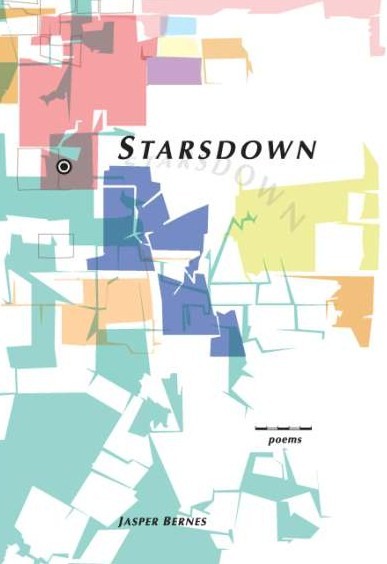pedagogue, pedagog 1. Originally, a man having the oversight of a child or youth; an attendant (or slave) who led a boy to school; (now obsolete)
*
I usually teach writing courses or literature courses. In all of these, even in creative writing, I think my primary job is to teach students what to do with a poem, a novel, a story, how to talk about it in a way that will be useful to others.
At the most general level, what I want students to ask themselves when encountering a literary object is an adaptation of the perennial question: Why is there this object and not another?
I want students to look both at and through texts, to see poems and novels and essays as constructs, as arrangements of given materials that, if not indifferent or endlessly pliable, at least permit a small multiplicity of configurations. I’ll let them run with any number of notions of causation for these arrangements: authorial intention, psychology, intellectual and social histories, metaphysics, little green martians, whatever. What’s most important, though, is that they see the text against a backdrop of social, cultural, historical and biographical material, and, as such, attend to why it is the way it is. It’s dispiriting to me when, after I work to convey these concepts, it’s clear that students still think that a character who is mediated by a third-person narrator is speaking in her or his own voice, when they don’t attend to the way something is plotted, to forms of syntax, diction, rhetoric, tone. This takes time to learn, of course, and it takes even more time to be able to see this in relation to the forces, narratives and processes of historical conflict, which is of course the way I prefer to read things.

Robert Smithson, Mono

Mono
Smithson’s dialectic of site and nonsite, I think, forces the understanding of figure and ground, material and relation, historical force and textual object, that I’m getting at above. If you look through the books in his library at the time of his death, you’ll notice that there is no Hegel and no Marx. I’m sure he read these authors, but it’s interesting that he does own copies of Plato and Mao. I don’t have a copy of his essays at hand, but it seems fair to say that his dialectic in the later works is, in part, classical (rhetorical) and in part Maoist (Manichaean, refusing totalization). He has a few Lenin books, too.
The Bowery in Two Inadequate Descriptive Systems, Martha Rosler, 1974-1975
And, of course, I want students to think about the shape of their argument, that they are themselves going to have to take a certain slice of the given objects, and form it according to a certain insight, a certain aperçu, cut:

Gordon Matta-Clark, Office Baroque, 1977
There is almost never time for this, but one thing I’d like to get better at is stimulating in the receptive portion of my students an appropriate feeling of rage and resentment. I’d like to get better at setting the pleasures of the text in relation to the misery of history and the present. This has to come after the other work if it’s going to work. But I’m increasingly dissatisfied with the liberal-humanist philosophy of the university, in which I simply present critical thinking skills to students and allow them to make their own decisions. What I’m dissatisfied with is the fact that I’m encouraged to think of this as a mechanism of emancipation and equalization when it is, in fact, a mechanism for reproducing class relations. But how develop a committed pedagogy, one that doesn’t cover up political antagonisms with false universalism but teaches to them? Or, differently, how to make the false universalism a real one?


Two Stills from

VALIE EXPORT, Action Pants: Genital Panic, 1969






No comments:
Post a Comment